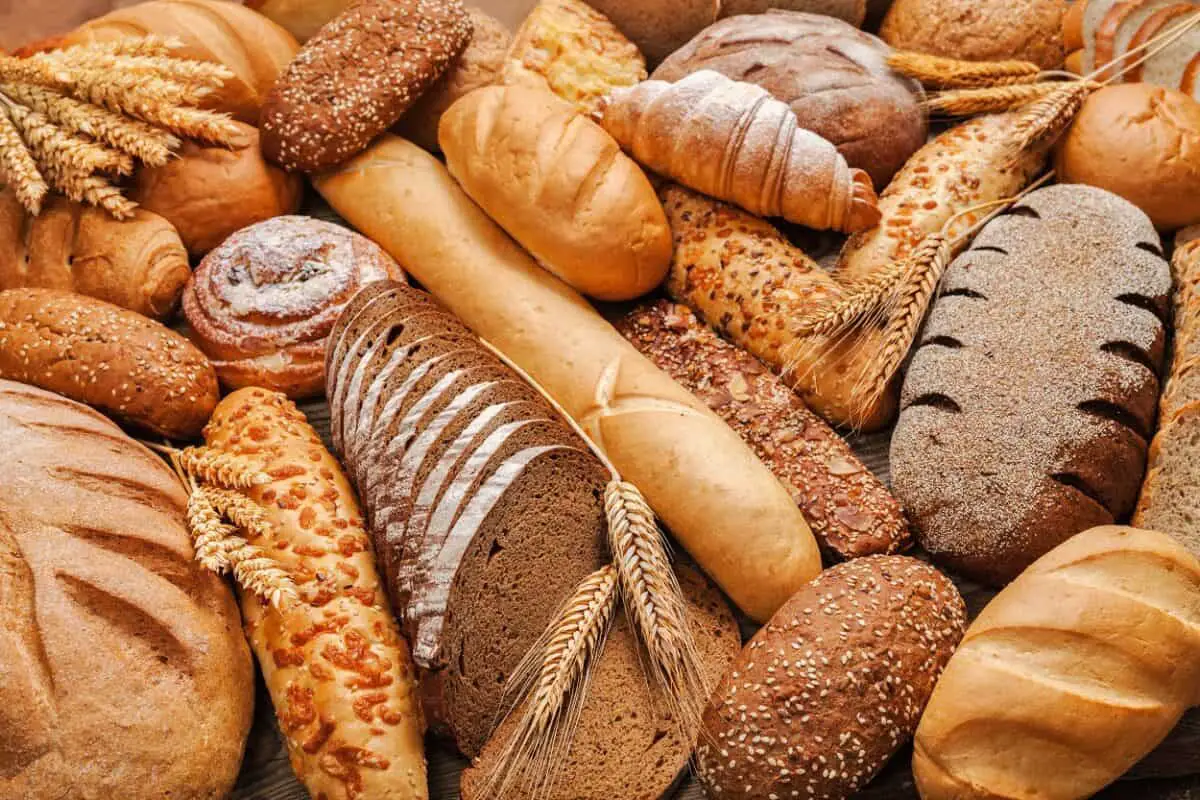Last Updated on 20th August 2021 by
The aroma of homemade bread filling the kitchen is a comforting one. For some people, that’s the smell of their childhood, as they remember their mother or grandmother making homemade bread for them after school or on the weekends.
The soft, pillowy bread is best when it first comes out of the
After the bread has been sitting in your kitchen for a few days or kept in the fridge, it might start to get hard. The outside will become tough sooner than the interior, but even so, the bread isn’t as pleasant to eat as before. No one wants to take a bite of hard bread that isn’t bruschetta. White and whole wheat bread are supposed to be soft and easy to cut or bite through.
Once the bread hardens, you may be tempted to toss it out, but if you know how to make hard bread softer, you don’t have to entertain those wasteful thoughts. You can save bread that has become hard if you know a few baking tips.
The Microwave Reheating Trick
One of the most tried and true methods of softening bread is to reheat it. You might think that warming the bread will make it toasty and crispy rather than softer, but how the heat affects the bread depends on your heating methods.
You can use the microwave for a quick and simple reheating method. Just put your loaf of bread in the microwave for about a minute- just long enough to make it warm. This holds true with any kind of bread you are trying to soften- rolls, biscuits, banana bread, whole wheat bread, etc. You should only microwave for long enough to warm the bread. Any longer than that can cause problems and make the bread burn or break down.
You want to eat the bread as soon as it comes out of the microwave. If you wait very long, the bread will harden more than before, and you don’t want that. So, you should only heat up as much bread as you are going to use right away. Any additional bread should be pulled from its storage container and heated in the microwave later on when it is needed.
To limit how long you have to keep the bread in the microwave for, you can microwave a small portion of bread at a time. Wrap it in a damp (but not dripping wet) paper towel and microwave for about 10 seconds. This should be enough to warm the bread and soften it. This works great for a single dinner roll, a biscuit or an individual slice of bread.
How to Make Hard Bread Softer in the Oven
Microwaving may be convenient and quick, but it isn’t very good for retaining the nutritional value of the food. If you want a better way to soften and warm up bread after it has started to harden, then you can stick it in the
Preheat your
Always check in with your reheating bread to make certain it doesn’t overcook. You don’t want it to burn or to get too hot, and then make sure to eat it quickly before it starts to harden. Just like with microwaving, once you reheat the bread in the
How to Make a Softer Crust
If you are consistently baking bread that has a tough outer crust but you would prefer something softer, then you need to know a few baking techniques that can help. You don’t have to end up with a crusty, tough exterior every time.
One method is to enrich your bread recipe with butter or some milk. This creates a softer crumb and a softer crust.
It helps to put your bread dough into a loaf
If you are looking for a way how to make bread dough that is hard softer, you can add a bit of water to it or butter. You can also warm it slightly in the
Another method for ensuring a soft outer crust is to avoid brushing the top of the loaf with anything. That can cause crystallization and a crusty exterior that you are wanting to avoid. You should also avoid brushing the bread with butter after it bakes.
If your
If you find your bread coming out hard from the
How to Prevent Bread from Hardening
Once your bread is baked and you want to make sure it doesn’t become hard after a few days, there are some storage rules you need to follow. You won’t have to learn how to make hard bread softer if you are storing the bread properly.
First of all, make sure the bread is kept in an airtight container. Allowing air into your storage container will cause the bread to harden prematurely.
Freezing the bread is the very best way to keep it from getting hard and crusty, and if you do that, you should use an airtight bag or freezer-safe container. Also store each loaf of bread separately so that they can be removed individually as needed. If you make up a lot of bread at once to save yourself time when baking bread, be sure to store in the freezer all of the bread that you won’t be using over the next week.
Use paper instead of plastic for bread storage. Storing the breed in plastic makes it go bad faster and encourages mold to start growing. Use a bread bag or bread box for best storage of any bread you plan to eat within the week.
One last tip for safer, softer bread storage is to cut off the tips. Having exposed ends will make your bread stay softer for longer.
I'm Pauline, a mother of four grown children, my passion for cooking stemmed from the joy i get cooking for my family. I love to try new dishes, especially when dining out but creating and sharing my own recipes is my favourite thing to do!


